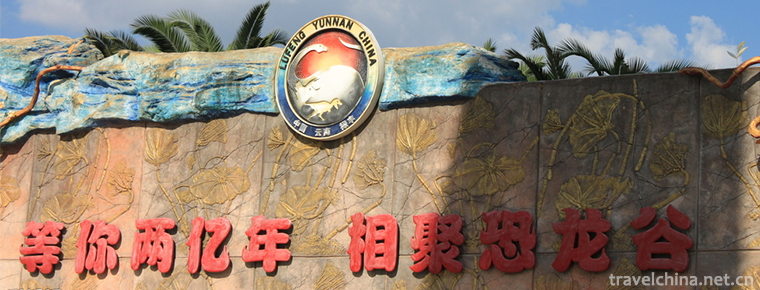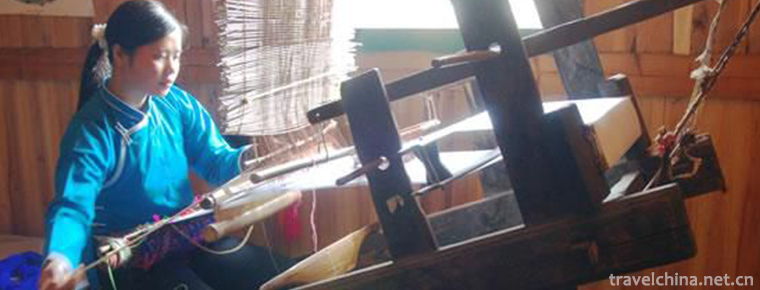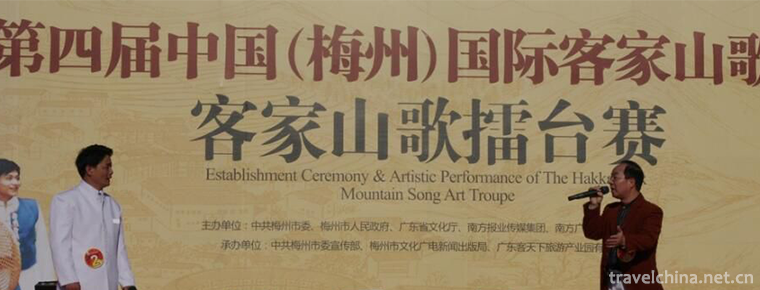Guanyin legend
Guanyin legend
Guanyin legend is one of the ancient local folklores in Zhoushan, Zhejiang Province. It is one of the second batch of national intangible cultural heritage list published by the State Council. The goodness of Guanyin's great compassion and the virtue of saving suffering and rescuing sufferings have been widely believed in among the Chinese people, and have been spread to Japan and Southeast Asian countries for a long time. With its extensive and profound Guanyin culture and beautiful natural scenery, Putuo Mountain attracts a large number of fragrant tourists every year. These cultural and realistic backgrounds are the solid foundation for the Guanyin legend to be listed in the national intangible cultural heritage list and declared as the world intangible cultural heritage.
On June 7, 2008, the legend of Guanyin was approved by the State Council to be included in the second batch of national intangible cultural heritage list.
Historical origin
The popularity of "Guanyin Legend" is closely related to the widespread belief in local Guanyin. As early as in Song Baoqing's Changguo County Chronicle, there was a record of "Meizen Mountain (today's Putuo Mountain) Guanyin Baotuo Temple". Song Qiandao's "Four Mings Tujing" is a record of "Japanese monk Hui-e delivering Guanyin", and the legend of "refusing to go to Guanyin" has been circulating ever since, and has become an important link of cultural exchanges between China and Japan. Sheng Ximing, a monk in the Western Regions of the Yuan Dynasty, wrote "Biography of Putuo Luo Mountain", and also recorded "Good Money 18 Visits from Zi", "Guan Shiyin 32 Appearing Like Sayings" and "Chaoyin Cave of Sanskrit Monks in the Middle Tang Dynasty". The first ten burnt fingers witnessed the myth of Datu Guanshen and so on. Since the Ming and Qing Dynasties, the Records of Mount Putuo have recorded more myths about Guanyin. The twelve-year-edition of the New Records of Putuo Luoga, a monograph on "Spiritual Gates", recorded 68 myths about various kinds of Guanyin. In addition to the ancient records, as early as the Ming and Wanli Dynasties, the book Guanyin Quanzhuan in the South China Sea was circulated among the people, and in the early years of the Republic of China, the script of Guanyin Dedao was handed down among the people. The legendary image of Guanyin is recorded in classical novels such as Journey to the West and Romance of Fengshen. According to Buddhist legend, the nineteenth of February, nineteenth of June and nineteenth of September in the lunar calendar are the birth, monkhood and Taoism of Guanyin Bodhisattva respectively. They are called the three fragrant clubs. Each day has a story. Therefore, for thousands of years, as a great Bodhisattva with boundless Buddhism and Dharma, Guanshi has been widely praised and believed in folk quilts in Zhoushan. Moreover, this kind of eulogizing and believing in oneself goes far beyond the national and national boundaries, and becomes a kind of Guanyin cultural phenomenon of "persuading people to do good and loving peace" which has spread to all parts of the world.
primary coverage
Among the many Bodhisattvas offered by Buddhism, the most familiar and affectionate one is probably the Guan Shiyin Bodhisattva. Guan Shiyin is a free translation of Sanskrit, also known as Guan Shiyin, Guan Zi and Guan Shi Zi. In the Tang Dynasty, Guan Shiyin was slightly called Guan Yin because it avoided the taboo of Taizong Li Shimin. According to Indian legend, Guanyin Bodhisattva was originally the great prince of the Saint King of the Wheel. He practiced with his brother and served Amitabha Buddha, becoming one of the "Three Saints of the West". Guanyin has the virtue of "great kindness and happiness of all living beings, great compassion and suffering of all living beings". It can present thirty-two incarnations and save twelve kinds of great hardships. Since the Sui and Tang Dynasties, the belief in Guanyin has become popular among the people with the prosperity of Buddhism. The image of Guanyin has gradually departed from the Indian legend pattern and replaced it with the Chinese female image.
According to legend, Mount Putuo is the Taoist arena of Guanyin's manifestation theory. On the 19th of February, 19th of June and 19th of September in the lunar calendar, the legendary Birthday, Sunday and Nirvana Day of Guanyin Bodhisattva come thousands of miles away. The legend of Guanyin is also widely spread here.
Inheritance significance
Mount Putuo has a profound Buddhist culture and has become the belief of Guanyin, which has been claimed to be the belief of most of Asia with the Sinicization of Buddhism. As long as there are Chinese people in the world, they all know Guanyin. The vast majority of Buddhists are Guanyin believers. Protecting and excavating Guanyin culture and promoting the positive connotation of Buddhist culture are good carriers for us to inherit historical culture and build a harmonious society. At the same time, they are people's expectations.
Today, when we build a harmonious world, we should give full play to the special role of Guanyin culture and Guanyin belief, which is a cultural treasure, to benefit all living beings. Because Guanyin culture belongs to Mount Putuo, to the Chinese nation, and even to the human civilization of the whole world.


-
Fish in sour soup
Sour soup fish is a traditional dish of Miao nationality in Guizhou. According to textual research, this dish originated from the Yashuang area of Leidong Town, Liping County.
Views: 208 Time 2018-11-05 -
World Dinosaur Valley
Lufeng World Dinosaur Valley is located 23 kilometers south of Lufeng County, Chuxiong Prefecture, at Ana Village Dinosaur Mountain, Chuanjie Township. It is situated beside Kunchu Expressway.
Views: 114 Time 2018-12-19 -
Yuan Dynasty Capital City Wall Site Park Yuandadou Chengyuan Site Park
The Yuandu Chengyuan Site Park was built on the Tucheng Site of Yuandu (National Key Cultural Relics Protection Unit, batch No. VI-1). It is located near Mingguang Village, Southern College Road.
Views: 142 Time 2018-12-23 -
Lion Tower Tourist Area
Lion Tower Tourist City is located at the head of the cross street of Yanggu County Town. It was built in Jingyou of the Northern Song Dynasty for three years..
Views: 100 Time 2019-02-08 -
Tujia Style Garden
Zhangjiajie Tujia Style Park is located in Zhangjiajie City, a beautiful pearl. The Park covers an area of more than 80 mu with a total investment of 75 million yuan. It is a large-scale.
Views: 159 Time 2019-02-22 -
Dong Brocade Weaving Techniques
Dong brocade weaving technology, the traditional handicraft of Tongtong Dong Autonomous County in Hunan Province, is one of the national intangible cultural heritage..
Views: 152 Time 2019-04-27 -
The Craft of Juchunyuan Buddha Jumping Wall
"Buddha Jumping Wall" is the first famous dish in Fujian cuisine. It is well-known at home and abroad for its exquisite materials, unique preparation method and strong flavor.
Views: 117 Time 2019-05-08 -
Hakka Folk Songs in Meizhou
Meizhou Hakka folk song is a Hakka folk song sung in Meizhou City, Guangdong Province (Meijiang District, Meixian District, Xingning City, Wuhua County, Fengshun County, Dapu County, Pingyuan County, .
Views: 117 Time 2019-06-03 -
Miao Dragon Boat Festival
Every year from May 25 to May 27 of the lunar calendar, the Miao people living in Shibing and Taijiang counties of Guizhou Province along the Qingshui River hold this grand gathering. The Dragon Boat .
Views: 128 Time 2019-06-05 -
Dragon elbow mountain
Longcub mountain, also known as yuxu mountain, is located in Longquan Township, northwest of Huili County, Liangshan Yi Autonomous Prefecture, Sichuan Province, China. It is also known as yuxu mountain at the junction of Baiguowan .
Views: 347 Time 2020-10-16 -
Dazhou City honor
On June 9, 2020, Dazhou was awarded the advanced municipal Party committee and government of Sichuan Province in promoting the development of service industry..
Views: 232 Time 2020-12-20










